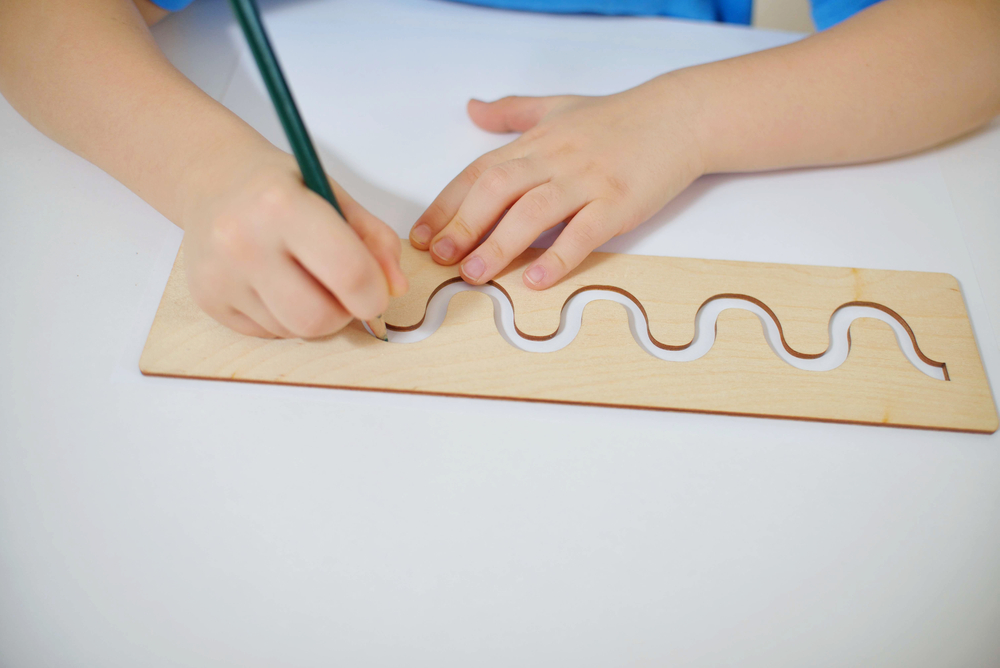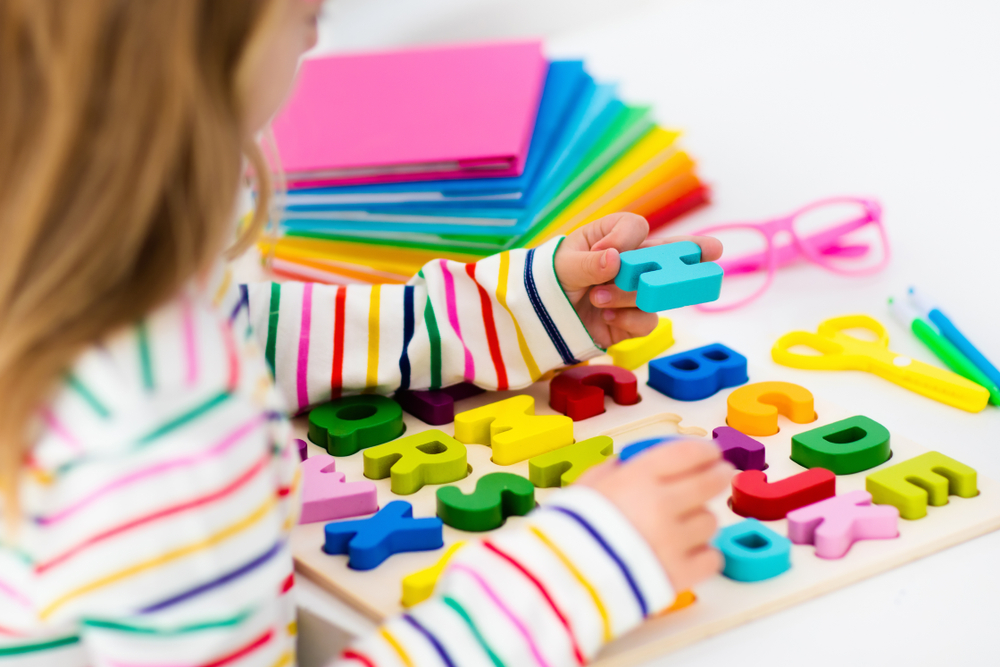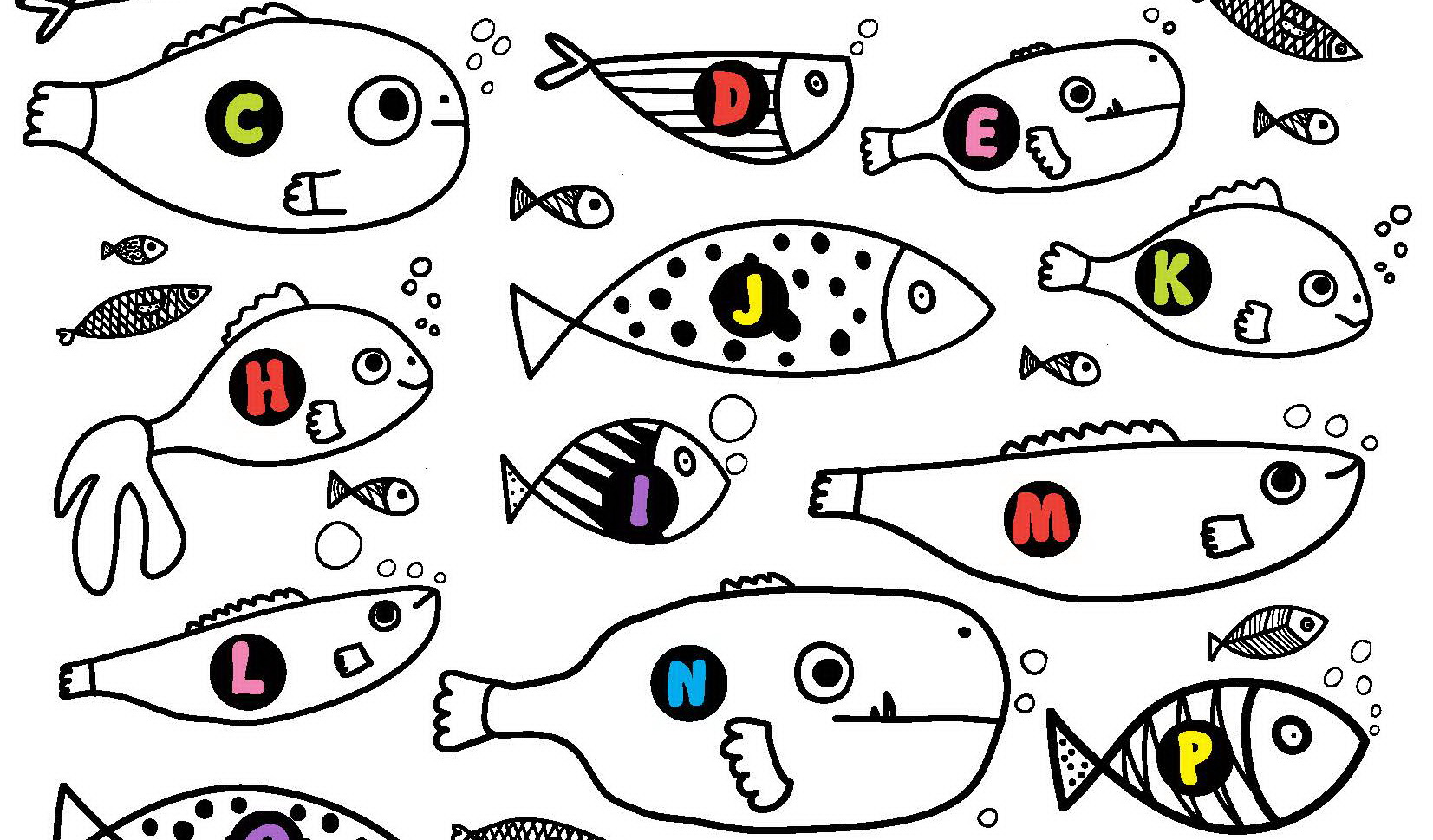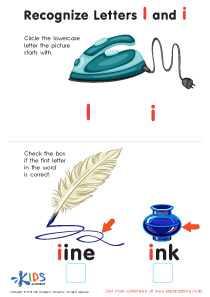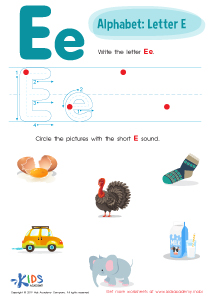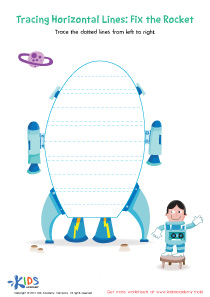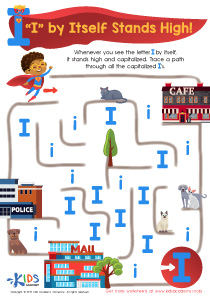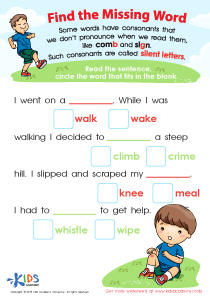Lowercase identification Normal Letter Recognition Worksheets for Ages 4-7
4 filtered results
-
From - To
Enhance your child’s literacy journey with our “Lowercase Identification Normal Letter Recognition Worksheets” designed for ages 4-7. These engaging worksheets help young learners master recognizing and identifying lowercase letters, a crucial skill for building a solid reading foundation. Through fun and interactive exercises, children will improve their letter recognition abilities and gain confidence in their early reading skills. Perfect for both classrooms and home use, our expertly crafted worksheets make learning enjoyable and effective, setting the stage for future academic success. Boost your child's letter knowledge today with Kids Academy’s top-quality, age-appropriate resources.
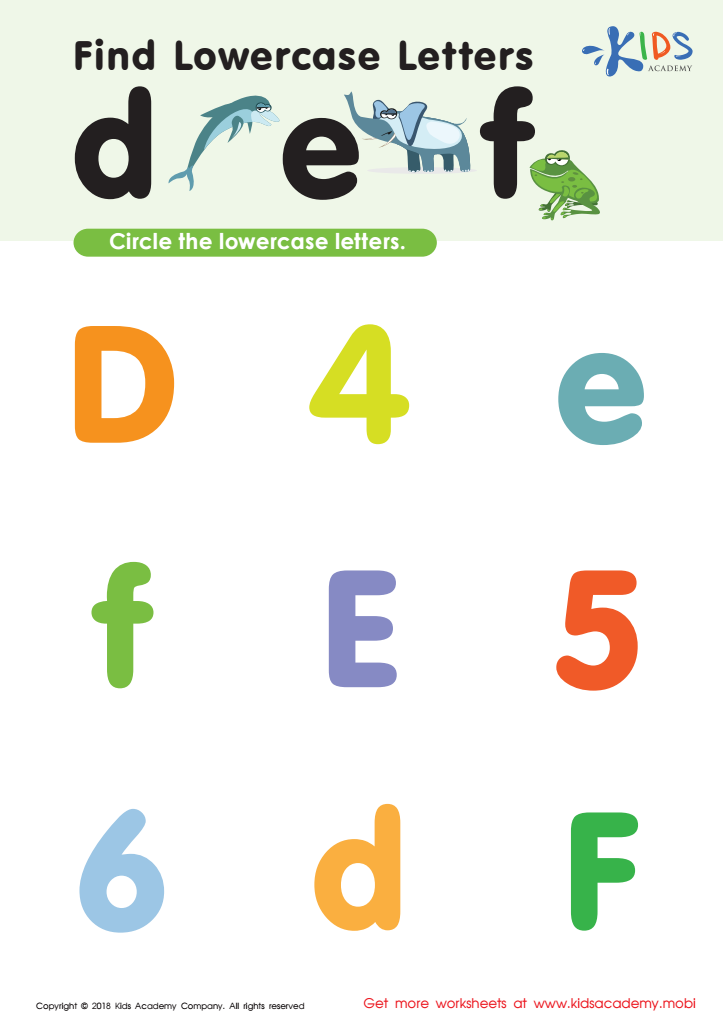

Find Lowercase Letters d e f Worksheet
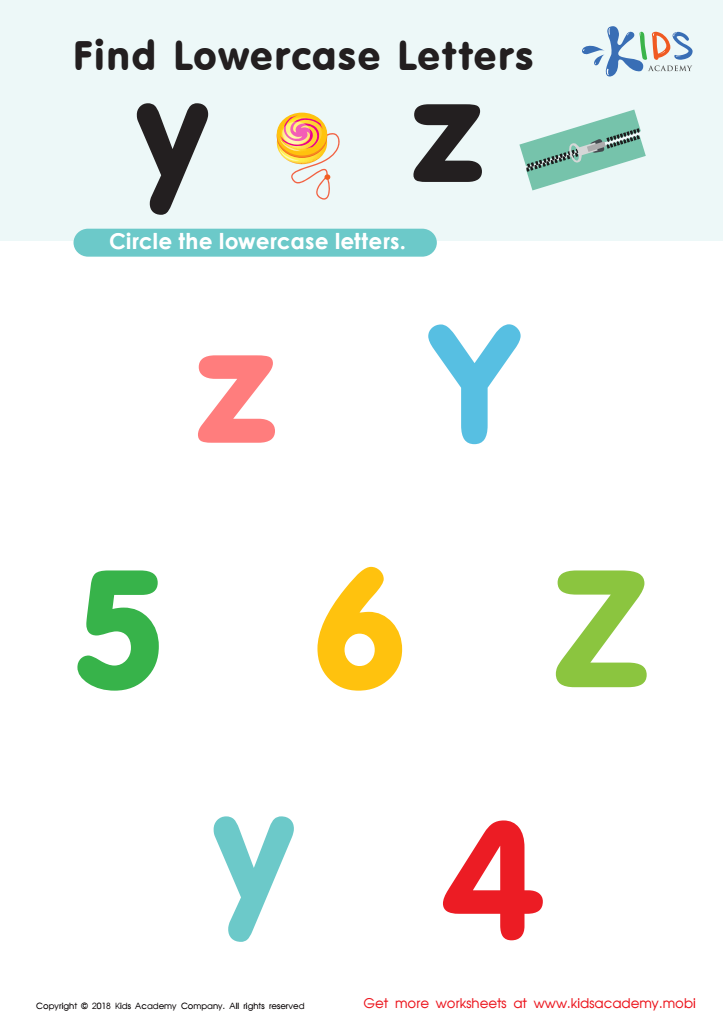

Find Lowercase Letters y z Worksheet
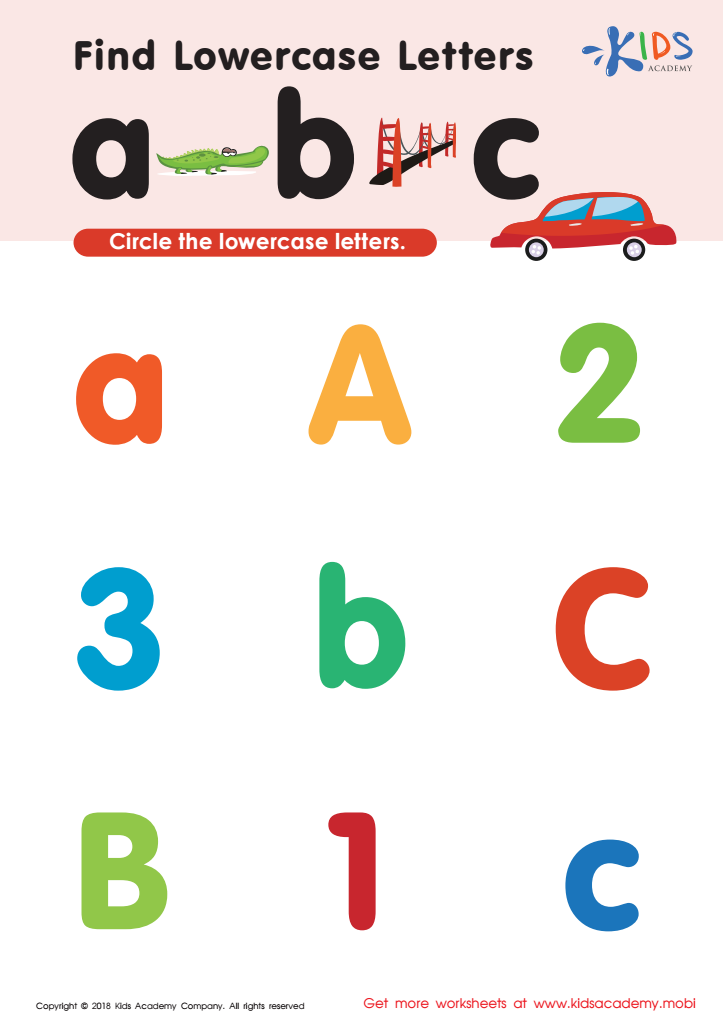

Find lowercase letters a b c Worksheet
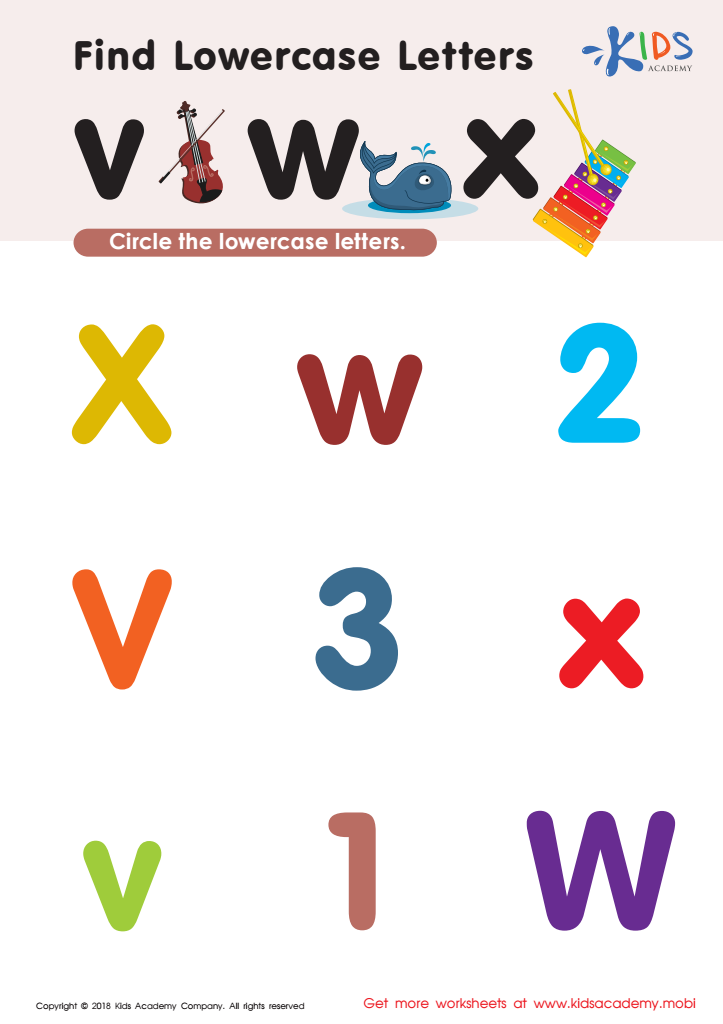

Find Lowercase Letters v w x Worksheet
Parents and teachers should prioritize lowercase letter recognition for children ages 4-7 because it is foundational for reading and writing skills. During this critical period in early childhood, kids are developing cognitive and language capabilities that form the basis of literacy. Lowercase letters appear more frequently in written texts than uppercase letters — around 95% of all letters in standard English text are lowercase. Hence, recognizing these letters quickly and accurately enhances reading fluency, which is crucial for comprehension and fostering a love for reading.
Additionally, proficiency in lowercase letters aids writing skills. Young children often write in predominantly uppercase letters because they are easier to form. However, mastering lowercase letters is vital for producing legible and appropriately styled written work as they progress through school. Consistent exposure and practice in recognizing lowercase letters can also support phonemic awareness—matching letter symbols with sounds—a critical step in sound-letter decoding.
Teachers and parents must engage children in diverse, fun, and interactive activities like alphabet games, flashcards, story-reading, and writing exercises. This nurtures their ability to recognize and correctly use lowercase letters, setting a foundation for academic success and lifelong literacy. Baltic the effort early reaps substantial rewards in children's educational journeys.
 Assign to My Students
Assign to My Students





